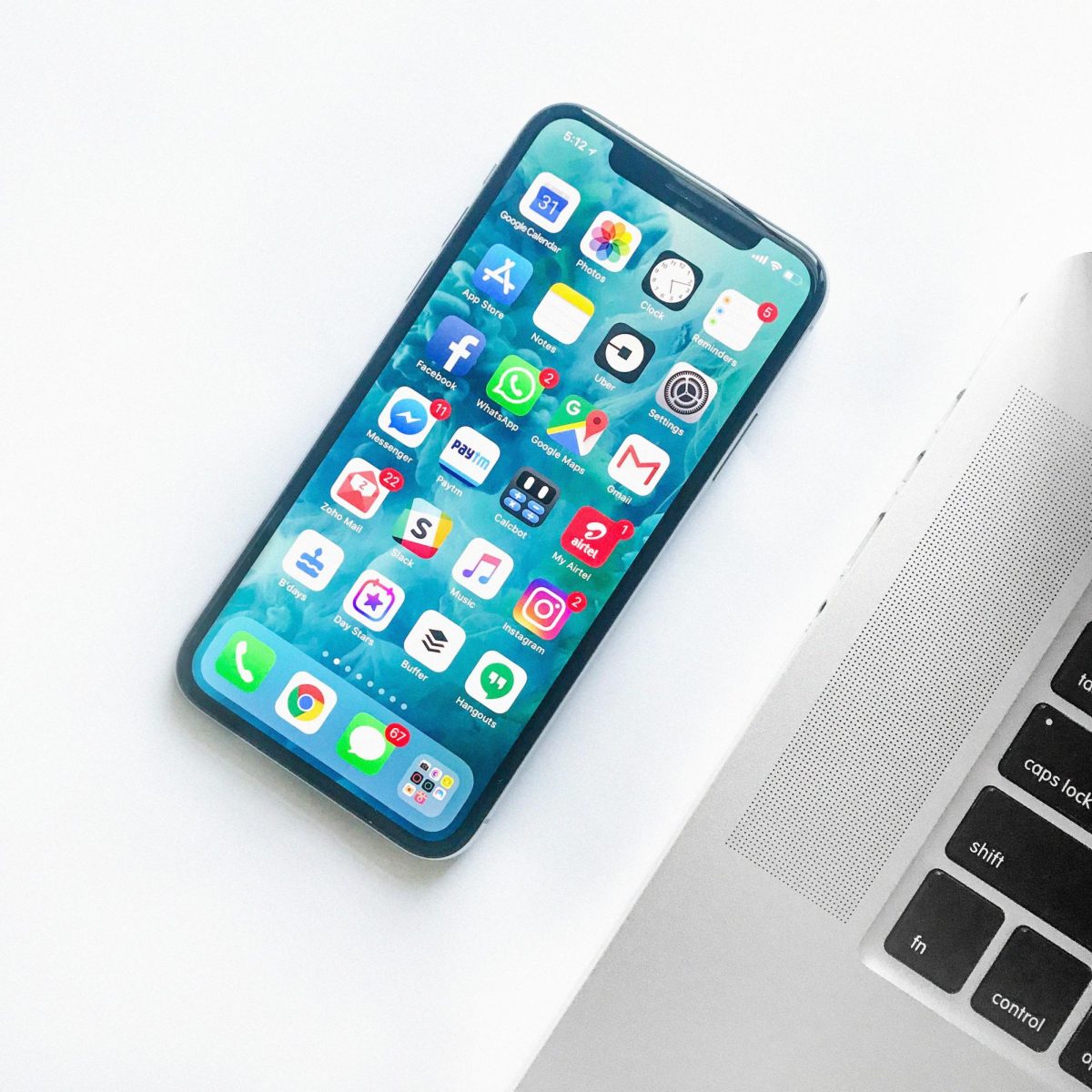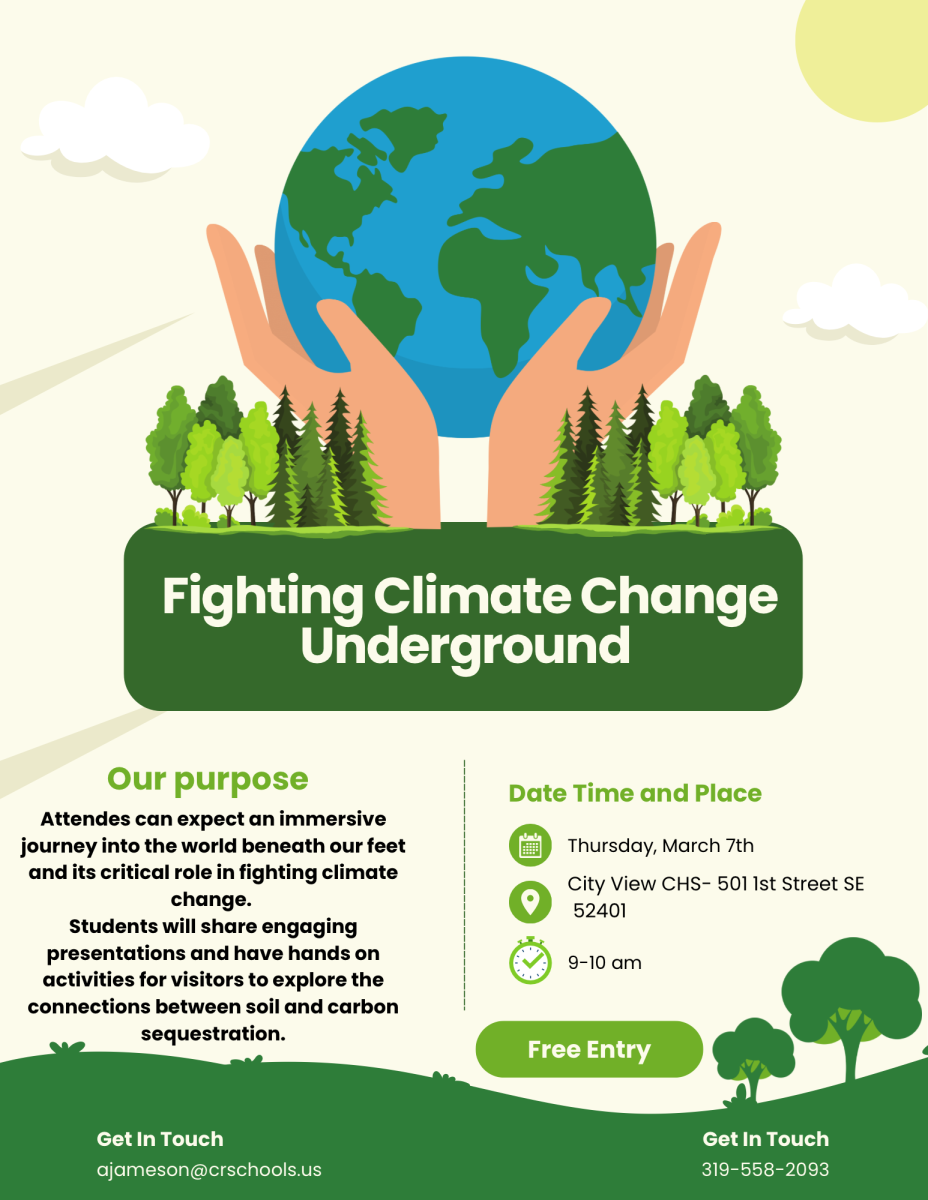
Humans have been making huge technological advances since we first banged two rocks together and made sparks. Eventually, we got to where we are today: AI is taking over the world, robots are stealing our jobs, and ChatGPT is writing our movies. Let’s slow down for a second and take a look at what happened in between stone tools and ChatGPT.
Social media is a fairly new invention, the thought of connecting people all around the globe in an instant is wild right? On paper, it’s a great idea, however, because current parents were not young when social media was gaining popularity, they became out of the loop, while their children run rampant on the internet, displaying and revealing anything and everything about their personal lives. So, now we have children, teenagers, and somehow even toddlers with unrestricted internet access to do whatever their heart desires. Which raises the question, “Is social media harmful to young people?”
Now, this much exposure to the internet comes with lots of negative effects. The Mayo Clinic writes, “A 2019 study of more than 6,500 12- to 15-year-olds in the U.S. found that those who spent more than three hours a day using social media might be at heightened risk for mental health problems.” Now this specific source displays several different studies on how social media has proven to harm young people. Meaning it’s been proven time and time again the problems these sites raise. The studies don’t mention the other problems teens face like distracting them, disrupting sleep cycles and schedules, spreading hurtful rumors like wildfire, as well as showing a filtered and unrealistic view of other’s lives.
The Mayo Clinic isn’t the only organization worried about the effects of social media on young people, the Child Mind Institute spoke to Catherine Steiner-Adair, a clinical psychologist who claims, ““There’s no question kids are missing out on very critical social skills. In a way, texting and online communicating—it’s not like it creates a nonverbal learning disability, but it puts everybody in a nonverbal disabled context, where body language, facial expression, and even the smallest kinds of vocal reactions are rendered invisible.” The point that Steiner-Adair raises is a very important one, she believes that because all of these children’s social lives are existing solely on their phones, they are missing out on crucial social skills. It also impacts the way people view messages, because they can’t see body language, the face they’re making, or even the tone they use. All of those factors impact the way people view a message and if it’s serious or sarcastic. So if a kid sends a message like, “You’re the worst”, now if this is said face to face, it would be pretty easy to tell if this is serious or not, while over text it might honestly look like these two people hate each other.
Of course, there must be a positive to such a complex and vast social system, and that’s correct. Social media allows kids that might not have any friends in school to connect with other people that share their interests and it doesn’t limit them to where they live. These people can meet someone who lives on the other side of the country and they still might hang out every day over social media. It also can help with self expression, especially for people who feel like they can’t express themselves to their local peers. For example, Newport Academy looked at the effects of social media on teenagers and they mentioned a particular group of people: LGBTQ teens. Newport Academy writes, “Among LGBTQ youth, 52 percent said social media helps them feel better when they are experiencing these difficult emotions.” So for example, this specific group of people may feel so burdened by those around them, they can use social media to connect to people that share their beliefs and views. Another positive about social media is the ability to find news and current events in an instant, the only controversial part about that being that it is absurdly easy to create and spread misinformation about anything. However, when used in moderation and not excessively, social media can be an incredibly powerful tool.
Social media is a good thing when used in small doses, in the Newport Academy article, they write, “And 43 percent said that using social media makes them feel better when they are depressed, stressed, or anxious.” Now, in this scenario, “they” mean the teenagers they performed this study on. But, in the same article, Newport reports: “14- to 17-year-olds who used social media seven hours per day were more than twice as likely to have been diagnosed with depression, treated by a mental health professional, or taken medication for a psychological or behavioral issue during the last year. This was compared to those who used screens only about an hour a day.” So, if kids as well as parents can figure out a method to limit screen time in a day while also making sure to get the most out of it, it could yield huge results for teenagers with social media related mental health challenges.
Another solution could be parent’s simply monitoring their child’s accounts. the Child Mind Institute consulted Donna Wick, a clinical and developmental psychologist, according to the article, “Dr. Wick says that you should be your child’s friend and monitor her page. But she advises against going through text messages unless there is cause for concern. ““If you have a reason to be worried then okay, but it better be a good reason. I see parents who are just plain old spying on their kids. Parents should begin by trusting their children.”” Basically, parents should be keeping an eye on their children, but not acting like lunatics checking everything and anything about their kid.
Social media is a marvelous invention and has or will shape the world for years to come, but we should be cautious about such a new invention. It can yield lots of negative outcomes on our children and harm them in ways we may not understand.


